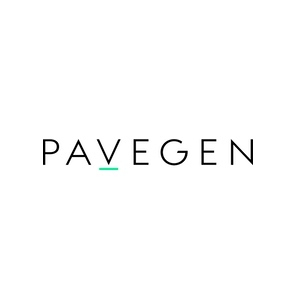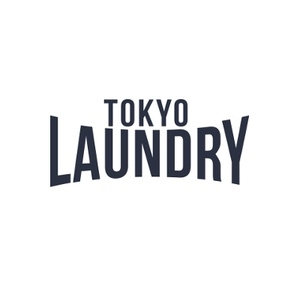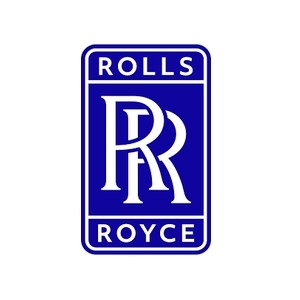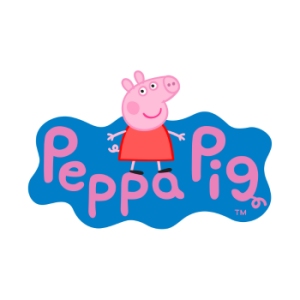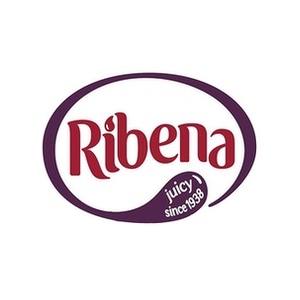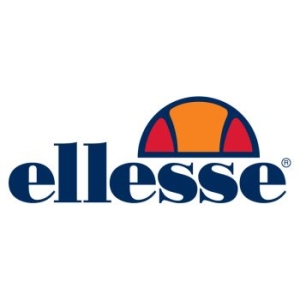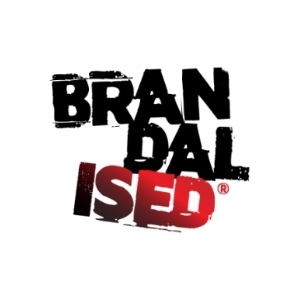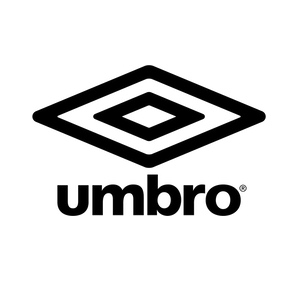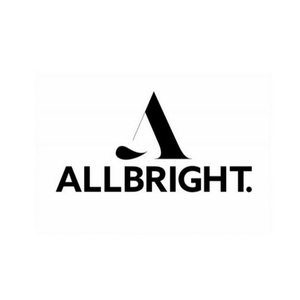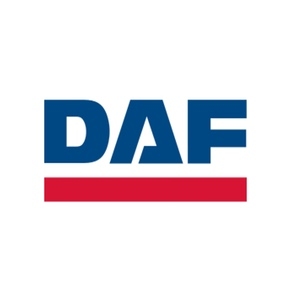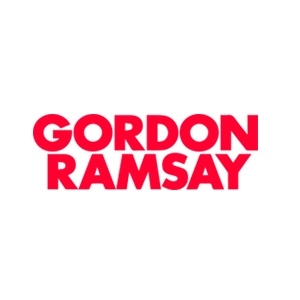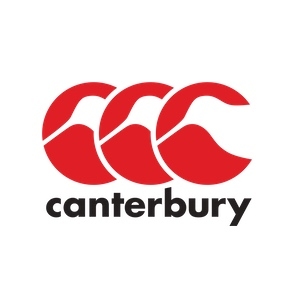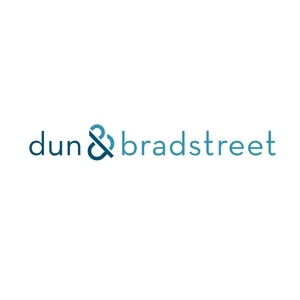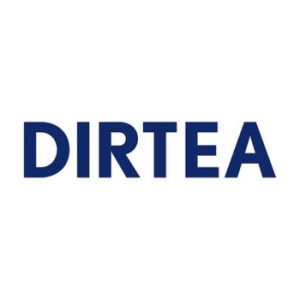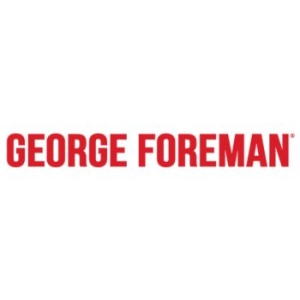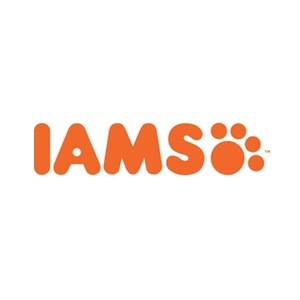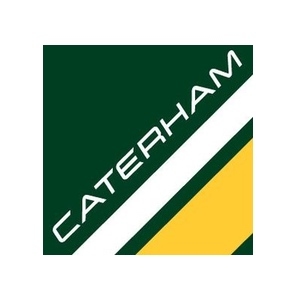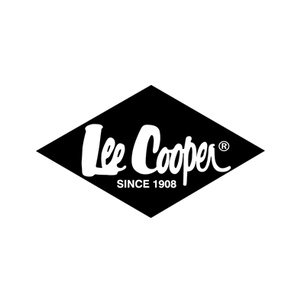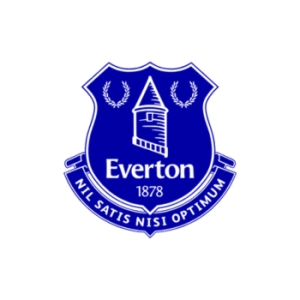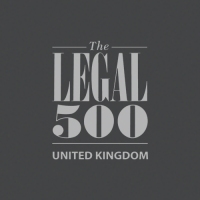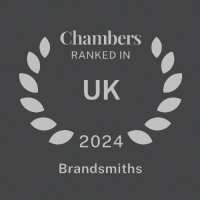Search-a-brandPowered by BRANDSMITHS
Search-a-brand assists you in researching, choosing and building a brand for your company, service or product. Try it out and search with the intended name!

HOW AGGRESSIVE SHOULD BRANDS BE DEFENDING TRADE MARKS?
Author: Sukanya Wadhwa
The importance of trade mark protection and the risks of inaction.
Trade marks are the lifeblood of a brand. They are what define its identity, shape its reputation, and what distinguishes it from competitors in marketplaces. For businesses, protecting these assets is not just a matter of legal necessity but one of commercial survival. As an intellectual property lawyer, I advise my clients to always be vigilant in defending their trade marks, as a failure to do so could lead to the death of the business itself.
The Cost of Inaction
The trade mark landscape is one of ever-moving pieces. Companies that fail to act swiftly against potential infringers risk losing the very right to challenge them, as the principle of acquiescence (a statutory defence in UK trade mark law) can leave brands powerless to protect their identity if they wait too long to act.
The parameters of acquiescence was discussed in a recent case, ICE v ICE, before the UK’s Court of Appeal. The court confirmed that if a trade mark owner becomes aware of a similar trade mark being used by another business, then they have five years from the date of their knowledge to bring legal action against the infringing business. Missing this window could mean losing the right to challenge the infringement altogether.
EU trade mark law closely aligns with the UK law on acquiescence but with one key distinction. In the bloc, the crucial difference is that brand owners have to have known about the use of the later trade mark and its registration on the trademark register for the five-year clock to start ticking.
What all this means is that trade mark security is not as simple as just purchasing the rights - you need to be consistently monitoring the register and marketplace as well as engaging in a robust defence to effectively protect that which is yours.
What Should You Protect?
So, what should you actually look to protect? Branding and trade mark protection can be broad. As well as trade names, logos, and jingles, there is scope for trade marks to also protect distinctive shapes, packaging, and types of advertising.
The recent Tesco Clubcard battle was all about Lidl’s ownership of the yellow circle on a blue background, which Tesco had started using for its Clubcard program. Without context, the idea of two major supermarkets battling in the courts over a yellow circle would probably sound confusing. What is important, though, is that Lidl had built a very successful branding campaign around that yellow circle, such that it became synonymous with its bargain deals.
Another example that demonstrates the scope for wide-reaching trade mark protection is the Thatchers v Aldi case. The family-owned branding for Thatchers’ lemon cider is protected by their trade mark registration for its packaging, shown below.
The key reason why Aldi’s lemon cider, called Taurus and shown below, was found to be infringing was because Aldi intended to remind customers of the Thatchers drink and take advantage of Thatcher’s reputation in its lemony packaging.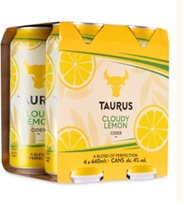
Ultimately, to understand what you can protect as intellectual property may require you to think about how customers interact with your brand, and to consider what they see as indicators of you and your products and services.
Think broad, and think like your consumers: where and when do they see your products, for how long, and in what context?
Most importantly, keep an eye on competitors, old and new, to take swift action where necessary.
Brandsmiths is a trading name of Brandsmiths S.L. Limited which is authorised by the Solicitors Regulatory Authority, SRA No: 620298. Founding Partner: Adam Morallee
Privacy and Cookie Policy | Terms and Conditions | Complaint Procedure | Site by: Elate Global
